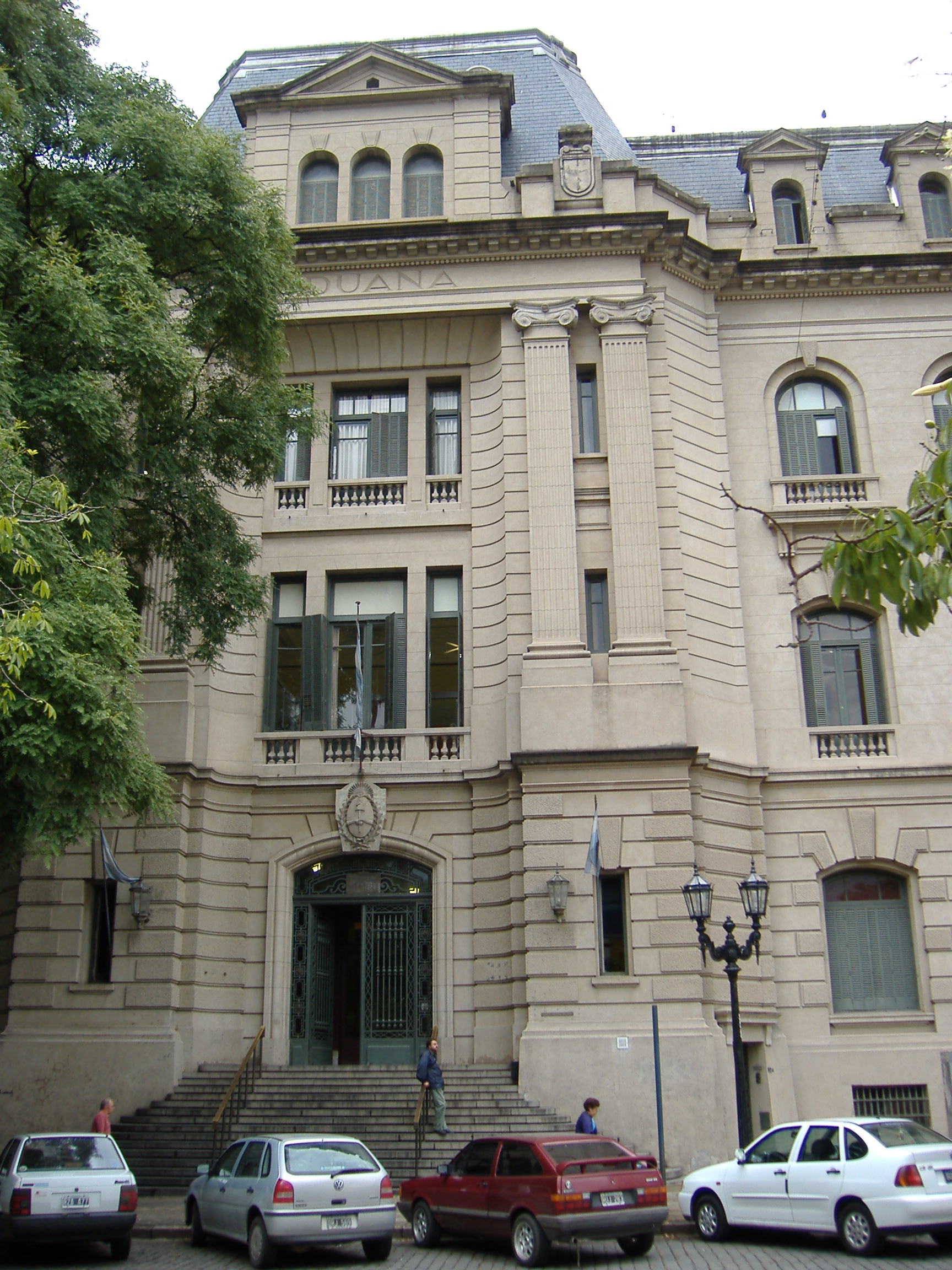|
Claudio Girola
Claudio Mario Girola Iommi (1923, Rosario – October 1994, Viña del Mar) was an Argentine-Chilean visual artist, poet, and professor, known for his avant-garde Sculpture, sculptures, many of which are on display in Argentina and Chile. He is considered one of the driving forces behind the revival of Latin American visual art in the latter half of the 20th century. He is also known for being a signatory of the ''Manifiesto de Cuatro Jóvenes'' ''(Manifesto of Four Young Artists'') in 1942 which protested the annual National Art Exhibition of Buenos Aires (''Salón Nacional de Buenos Aires'') competition and its effects on art education in Argentina, as well as Argentine art education as a whole. Early life and education Claudio Girola Iommi was born in 1923 in Rosario, Rosario, Argentina, to Santiago Girola and Maria Iommi. His parents were Italy, Italian immigrants, his father from Milan and his mother from Ancona. He had two younger siblings, Enio Iommi (1926–2013), a prolif ... [...More Info...] [...Related Items...] OR: [Wikipedia] [Google] [Baidu] |
Rosario
Rosario () is the largest city in the central provinces of Argentina, Argentine province of Santa Fe Province, Santa Fe. The city, located northwest of Buenos Aires on the west bank of the Paraná River, is the third-most populous city in the country after Buenos Aires and Cordoba. With a growing and important metropolitan area, Greater Rosario has an estimated population of 1,750,000 . One of its main attractions includes the neoclassical architecture, neoclassical, Art Nouveau, and Art Deco architecture that has been preserved in hundreds of residences, houses and public buildings. The city is also famous for being the birthplace of the Argentine footballer Lionel Messi. Rosario is the head city of the Rosario Department and is located at the heart of the major industrial corridor in Argentina. The city is a major rail transport, railroad terminal and the shipping center for north-eastern Argentina. Ships reach the city via the Paraná River, which allows the existence of a ... [...More Info...] [...Related Items...] OR: [Wikipedia] [Google] [Baidu] |
